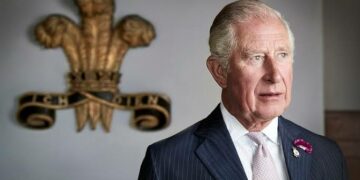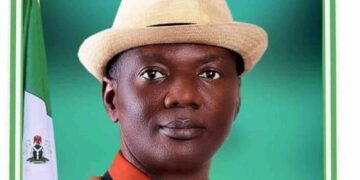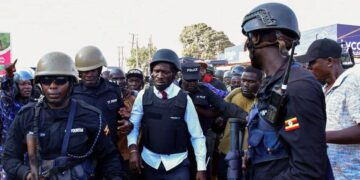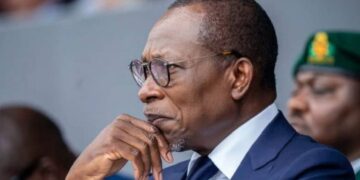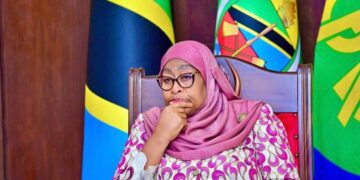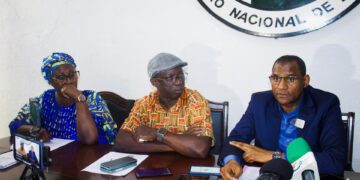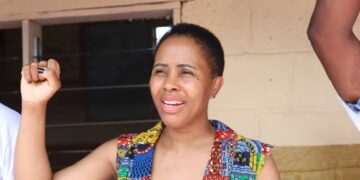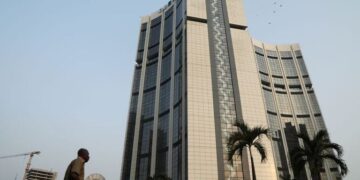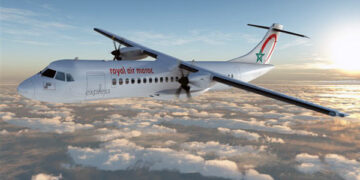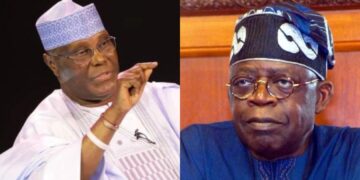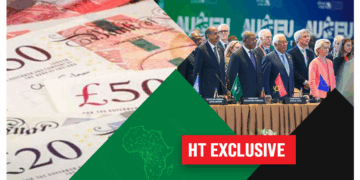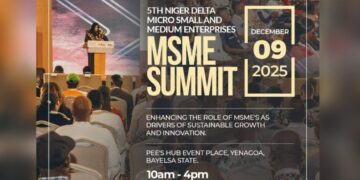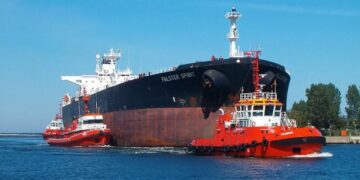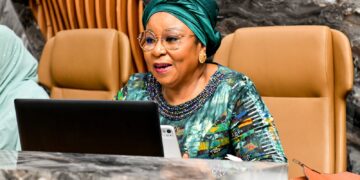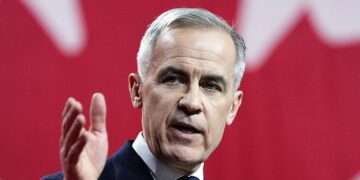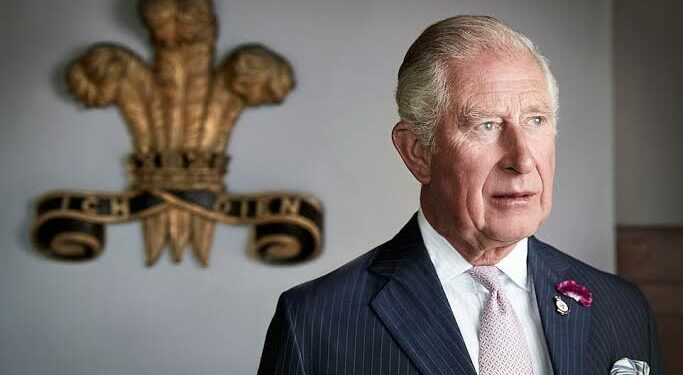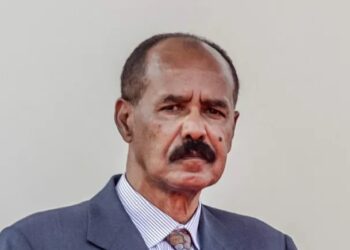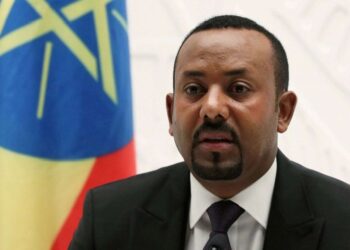By Lucy Adautin
King Charles III is set to arrive in Australia on Friday, embarking on his most challenging foreign visit since his cancer diagnosis. The tour will feature lively barbecues, iconic landmarks, and urgent climate discussions.
This marks the first time a reigning monarch has visited Australia since 2011, when large crowds gathered to greet Queen Elizabeth II.
At 75, Charles will spend around 20 hours in flight before touching down in Sydney, where images from his 16 previous Australian visits will be displayed on the Opera House sails.
Prime Minister Anthony Albanese and senior officials will welcome the king at the airport, with the king’s ceremonial flag to be flown atop several government buildings.
Charles and Queen Camilla will spend six days in Australia — a schedule adjusted to accommodate his health — before traveling to Samoa for a rare visit to the Pacific island nation.
The king is expected to focus on climate change during his Australian stay, a particularly resonant message in a country frequently ravaged by bushfires and floods.
He will also visit a renowned cancer research lab, a significant stop given his own diagnosis earlier this year.
The visit will bring the usual pomp, including large public events at the Opera House and a lively community barbecue.
However, outside of strong royalists and republicans, public sentiment ahead of his visit ranges from indifferent to unaware.
“I’d forgotten they were even coming,” remarked 73-year-old Trevor Reeves, reflecting the mood in Sydney.
Australia holds many fond memories for Charles. His first visit came in 1966 as a 17-year-old when he attended the remote Timbertop school in Victoria, where he once joked about having the “Pommy bits bashed off” him, calling it the best part of his education.
In 1983, he returned with Princess Diana, drawing huge crowds eager to see the “people’s princess” at iconic spots like the Sydney Opera House. His 1994 visit was marked by an attempted mock assassination, when a protester fired two blanks at him during a speech at Sydney Harbour.
This visit, which spans six days in Australia and five more in Samoa, will be his longest overseas trip since beginning treatment for his undisclosed cancer. Earlier this year, he briefly visited France for D-Day commemorations.
Prime Minister Albanese, a committed republican, has openly expressed his desire to sever ties with the monarchy. His government replaced the monarch’s image on the $5 bill with an Indigenous design following Queen Elizabeth’s passing.
A recent poll shows a third of Australians favor becoming a republic, another third wish to maintain the monarchy, and the rest remain ambivalent. Despite this, the question of a republic is politically dormant for now.
Charles has carefully avoided the issue ahead of his arrival, reportedly stating that it is ultimately “a matter for the Australian public to decide.”
